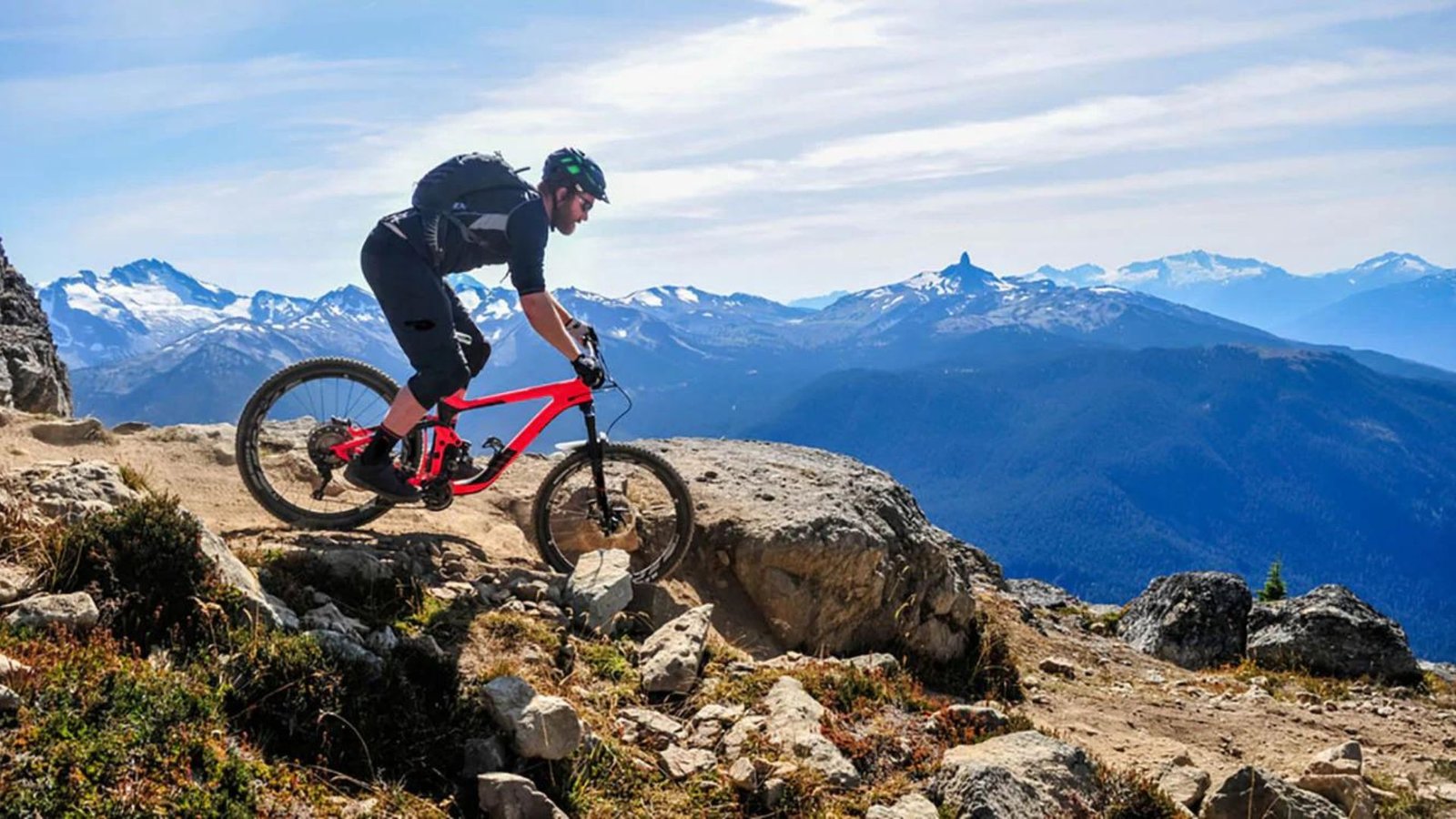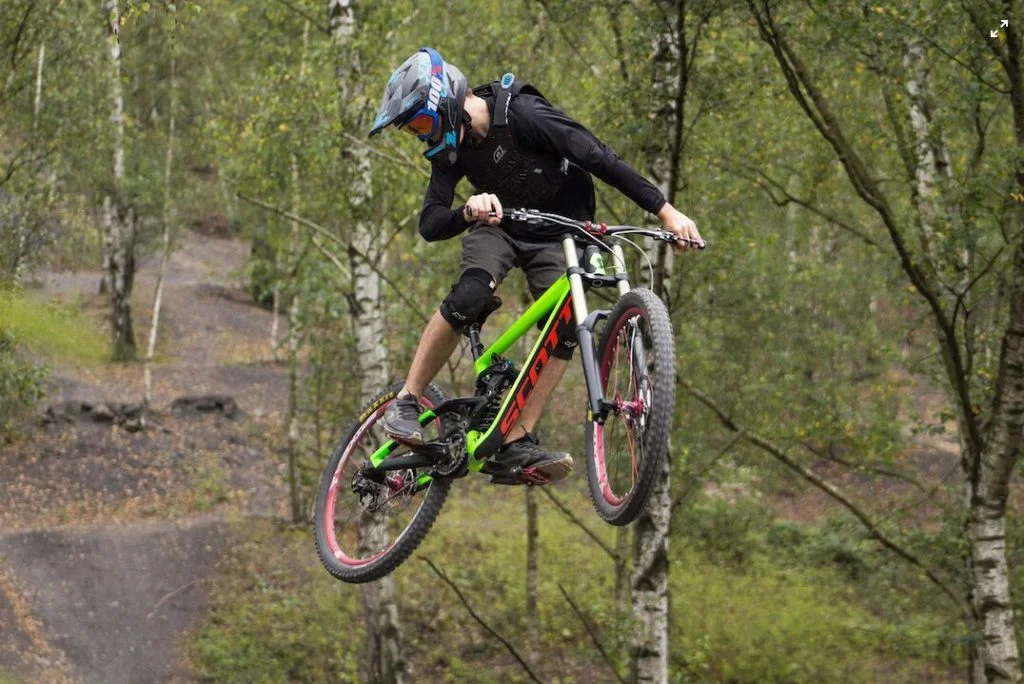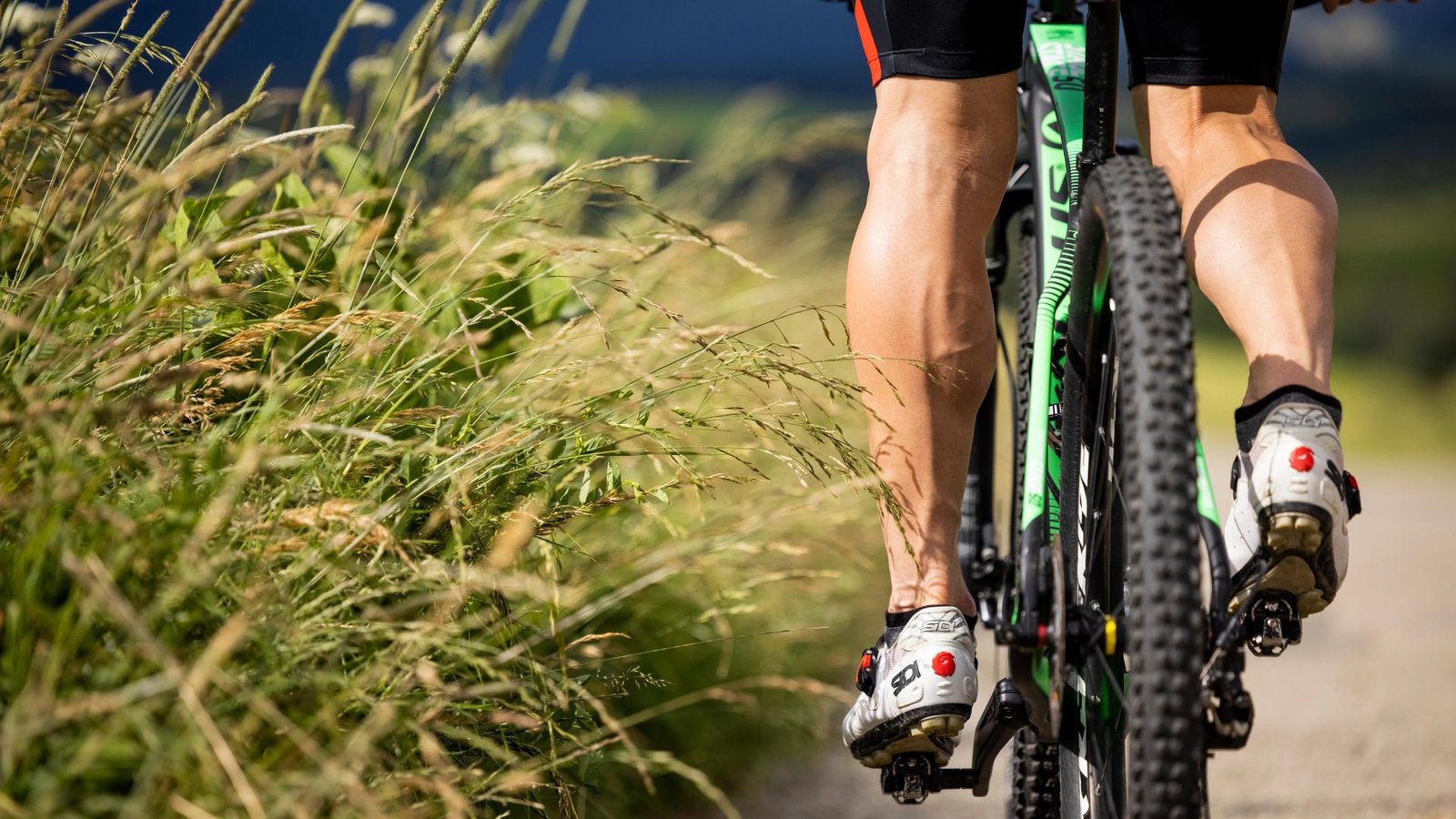Mountain biking on tough terrain can be both thrilling and challenging. Whether you’re tackling rocky trails, steep hills, or muddy paths, knowing how to navigate these obstacles will improve your skills and ensure a safer ride. Here are some essential tips for mastering tough terrain on a mountain bike.

Choose the Right Gear
Selecting the correct gear is crucial when riding on rough terrain. On steep ascents, shift to a lower gear to maintain a steady pedaling rhythm. For descents or fast, flat sections, switch to a higher gear to conserve energy and keep your speed up. Always anticipate terrain changes to shift gears smoothly without losing momentum.
Maintain Balance and Posture
Staying balanced is key to navigating tough terrain. Keep your body loose and allow the bike to move beneath you. When going uphill, lean slightly forward to maintain traction on the rear wheel. On descents, shift your weight back to prevent going over the handlebars. Always keep your knees and elbows bent to absorb shocks from bumps and uneven ground.
Look Ahead, Not Down
One of the most common mistakes riders make is focusing too much on the ground directly in front of them. Instead, keep your eyes on the trail ahead to anticipate obstacles and plan your movements. This will give you enough time to adjust your speed and position for upcoming rocks, roots, or turns.
Master Braking Techniques
Braking is critical when navigating difficult terrain. Avoid sudden or hard braking, especially on slippery surfaces. Use both front and rear brakes together for smooth deceleration, but rely more on the rear brake to prevent skidding. When descending, feather the brakes (light, repeated braking) rather than grabbing them, to maintain control and stability.
Pick the Best Line
Choosing the best line means finding the smoothest and most rideable path through obstacles. Look ahead and identify the most direct and stable route, avoiding deep ruts, large rocks, or loose gravel. It may not always be the straightest path, but finding a stable line will keep you balanced and in control.
Stay Loose on Rough Terrain
When riding over roots, rocks, or bumpy paths, keep your body relaxed and flexible. Your arms and legs act as natural suspension, absorbing the impact and allowing the bike to move freely. A stiff posture can throw you off balance, so relax your grip on the handlebars and let the bike roll over obstacles.
Use Momentum
On challenging terrain, momentum is your friend. Keep your speed up when tackling tough sections, as slowing down too much can make it harder to maintain balance and control. However, don’t go too fast—maintain a steady pace that allows you to react to obstacles without losing control.
Stand Up on Your Pedals
When navigating obstacles or rough trails, stand up on your pedals rather than sitting. This shifts your weight evenly across the bike, giving you better control and making it easier to absorb shocks. Standing also allows you to adjust your body position more quickly when needed.
Perfect Your Turns
Sharp turns on tricky terrain require special care. Slow down before entering the turn, and shift your weight to the outside pedal, which should be positioned low. Lean your body into the turn while keeping your bike upright to maintain traction. Avoid braking in the middle of a turn, as this can cause skidding.
Stay Calm and Confident
Navigating tough terrain can be intimidating, but maintaining a calm mindset is important. Stay confident in your skills and trust your bike to handle the terrain. If you feel unsure, take a break, assess the path ahead, and approach the section slowly and deliberately.
Conclusion
Mountain biking on tough terrain requires a combination of technique, balance, and mental focus. By using the right gear, maintaining proper posture, and mastering braking and steering, you can confidently tackle even the most challenging trails. With practice and patience, you’ll improve your skills and enjoy the thrill of conquering tough terrain on your mountain bike.



